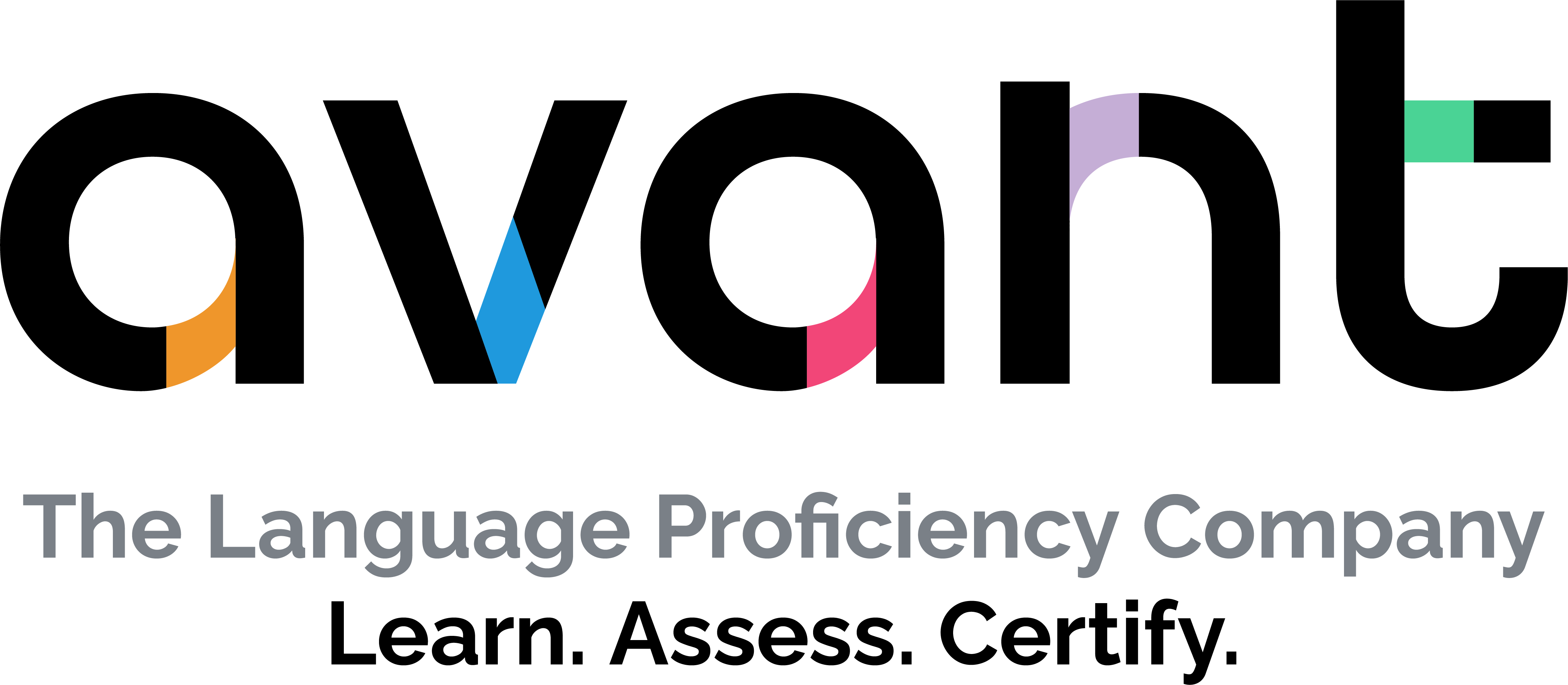L. Earl Franks is executive director of the National Association of Elementary School Principals. Ronn Nozoe is CEO of the National Association of Secondary School Principals. Leonard P. Pugliese is president of the American Federation of School Administrators/AFL-CIO.
School principals are the bedrock of our education system, shaping the path of our students’ academic journeys. They provide visionary leadership within their school communities, guiding the way and striving to create an environment that fosters learning and growth for all.
October ushers in National Principals Month, an opportunity not just to honor these dedicated leaders but also to reflect on the vital role of public education in our democratic society. Public education is the cornerstone of our nation’s prosperity, and school principals are the linchpin of this system.
However, as we celebrate the immeasurable impact of principals on the lives of American students, a pressing concern looms large: The future of our children is at stake if Congress fails to adequately fund federal K-12 education programs.

Education isn’t merely a budgetary line item — it represents an investment in our nation’s future. Every dollar allocated to these programs can yield dividends in the form of innovative entrepreneurs, skilled workers and informed citizens.
In short, education provides a pathway to a fulfilling life. Federal education programs are powerful tools for driving economic success and providing all students with opportunities to realize their full potential.
Shockingly, a U.S. House of Representatives appropriations subcommittee approved slashing education funding for Title I, the program dedicated to supporting our most vulnerable students, by 80%.

Additionally, the proposal seeks to eliminate Title II funding, which serves as the cornerstone for educator recruitment, retention and professional development — all essential components for improving academic achievement. And this proposal comes during a time of increasing educator shortages across the nation!
The question is simple: Why are funding cuts to these programs being considered at all?
In a world of ever-greater global competition, our nation cannot afford to waver in its commitment to education. As former educators and school leaders who now advocate for thousands of our peers, we have seen firsthand the transformational power of education.
We have witnessed children from poor backgrounds exceed expectations when provided with the right resources. We have observed teachers, provided with high-quality professional learning, ignite the spark of curiosity in their students, guiding them toward discovering their passions and achieving greater success.
Yet, without adequate federal funding, these success stories risk becoming exceptions rather than the norm.
When nearly 400 school leaders converged on Washington, D.C., last spring to request sufficient funding, they emphasized that this is not about numbers — it’s about people. Each dollar represents a student who will embrace the joy of learning, a teacher who can refine their skills, or a principal who can shape a school’s culture to best serve its community.

Furthermore, this plea isn’t exclusive to the American Federation of School Administrators, National Association of Elementary School Principals and National Association of Secondary School Principals. It echoes the countless voices of parents, educators and students who have grappled with the challenges of under-resourced schools. It underscores what every American should aspire to: an education system that provides pathways to success for every child.
As we celebrate principals this October, let’s not only applaud their tireless efforts in supporting students, but also heed their united call for federal education funding. We implore members of Congress to recognize that the future of our nation is forged in our classrooms. In finalizing the federal education budget, lawmakers must fund Title I and Title II at existing levels, if not higher, demonstrating their unwavering commitment to our country‘s well-being.
Let us send an unequivocal message this October: America‘s future is not up for negotiation. It depends on the steadfast support and investment we provide to our education system, a cause that should remain beyond the realm of debate.







 Dive Awards
Dive Awards






